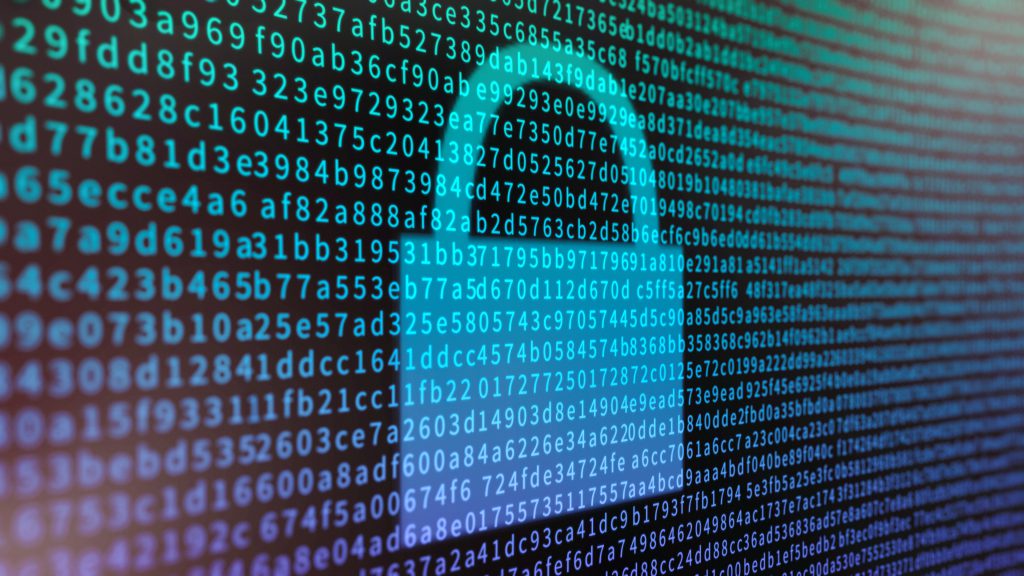Data security is a pressing issue in the world of cyberspace today. The rise of cyber-attacks has been overwhelming, making data security more important than ever. Governments, businesses, and individuals are being targeted daily, so attention has been turned to using cutting-edge technologies to stamp out such data security threats. This blog post will highlight some of the technologies used in modern data security protocols. We shall also view how these technologies work together to guarantee data security.
1. Blockchain Technology
Blockchain has been touted as the future of data security. It is a highly secure way of storing and sharing information. Some have even likened it to an armored car, where information is highly encrypted and partitioned within blocks, then made available only to authorized participants. Hackers find it incredibly hard to access data in a blockchain system, thanks to its complex encryption. In addition, using a decentralized structure makes it harder for hackers to take over an entire system.
2. AI and Machine Learning Technologies

Source: copperberg.com
AI and machine learning help to keep data safe by identifying, analyzing, and reacting to anomalies. Most cyber-attacks are not uniform, making predicting and dealing with them challenging. However, with machine learning, companies can train models to identify strange behavior and stop suspected attacks. Machine learning uses data algorithms to identify patterns and then model them to recognize similar data in the future.
3. Endpoint Security
Endpoint security protects individual devices, laptops, cell phones, etc., from attacks. Endpoint security is essential to data security, as these devices are often the first point of contact for cyber attacks. Endpoint security helps to identify, isolate and contain suspicious activities on an individual machine. The latest endpoint security technologies can identify known and unknown threats in seconds and take automatic action to stop them.
4. Cloud Security
Cloud technology has drastically changed how information is stored and shared today. However, it has also introduced new security challenges, as information is shared between different systems and platforms. Cloud security solutions are designed to protect data as it moves through other media. Cloud security technologies protect various means, including perimeter security, access control policies, and encryption. In addition, some cloud security solutions offer data backup and recovery, ensuring that data is safe in case of any disasters.
5. Multi-Factor Authentication
Multi-Factor Authentication (MFA) combines several authentication methods or factors. It requires that a user provides at least two or more proofs of authenticity before being granted access to an account. This helps mitigate security attacks, as hackers would need to bypass several security layers before accessing an account.
6. Biometric Authentication
Biometric authentication is one of the most advanced security protocols available today. It requires that a user provide proof of their identity to gain access. This is typically done through scanning fingerprints, face recognition, iris scans, or voice recognition. Biometric authentication offers an extra layer of protection, making it harder for hackers to access an account.
7. Encryption

Source: caplinked.com
Encryption is a process of scrambling data so that it cannot be read by anyone who does not have the key to unlock it. This makes it difficult for hackers to gain access to sensitive information. The latest encryption technologies would use algorithms that make it almost impossible for hackers to decrypt the data, even if they could gain access.
Conclusion
Data security is becoming increasingly important as more and more data is stored digitally. Companies must ensure robust security protocols to protect their data from malicious attacks. The above-discussed technologies are the most effective methods today for safeguarding sensitive information. By implementing these technologies, companies can be sure that their data will remain safe and secure.


